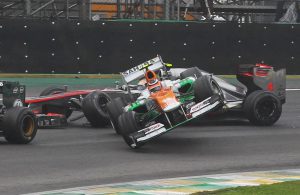Up Next

Nico Hulkenberg has this week swapped a GT car for one of the fastest in Formula 1.
The man who has given Hulkenberg that opportunity, Racing Point boss Otmar Szafnauer, reckons he has a chance of finally scoring his first F1 podium – in the year he had no drive.
“Wouldn’t that be the irony of all ironies?”
It would be all manner of things. A sensational story, a fairytale comeback. You can characterise it any number of ways. If it happens.
Simply getting back into the F1 paddock at all was hard work and took a whirlwind 22-and-a-half hours to become reality following Sergio Perez’s initial inconclusive COVID-19 test.
Once Hulkenberg was allowed through the gates on Friday, “the real deal” started – “I think I’ve really been thrown into cold water here,” he said.
“I think my body will feel it tomorrow and the day after. It’s obviously a huge challenge, but I’m not shy about that.”
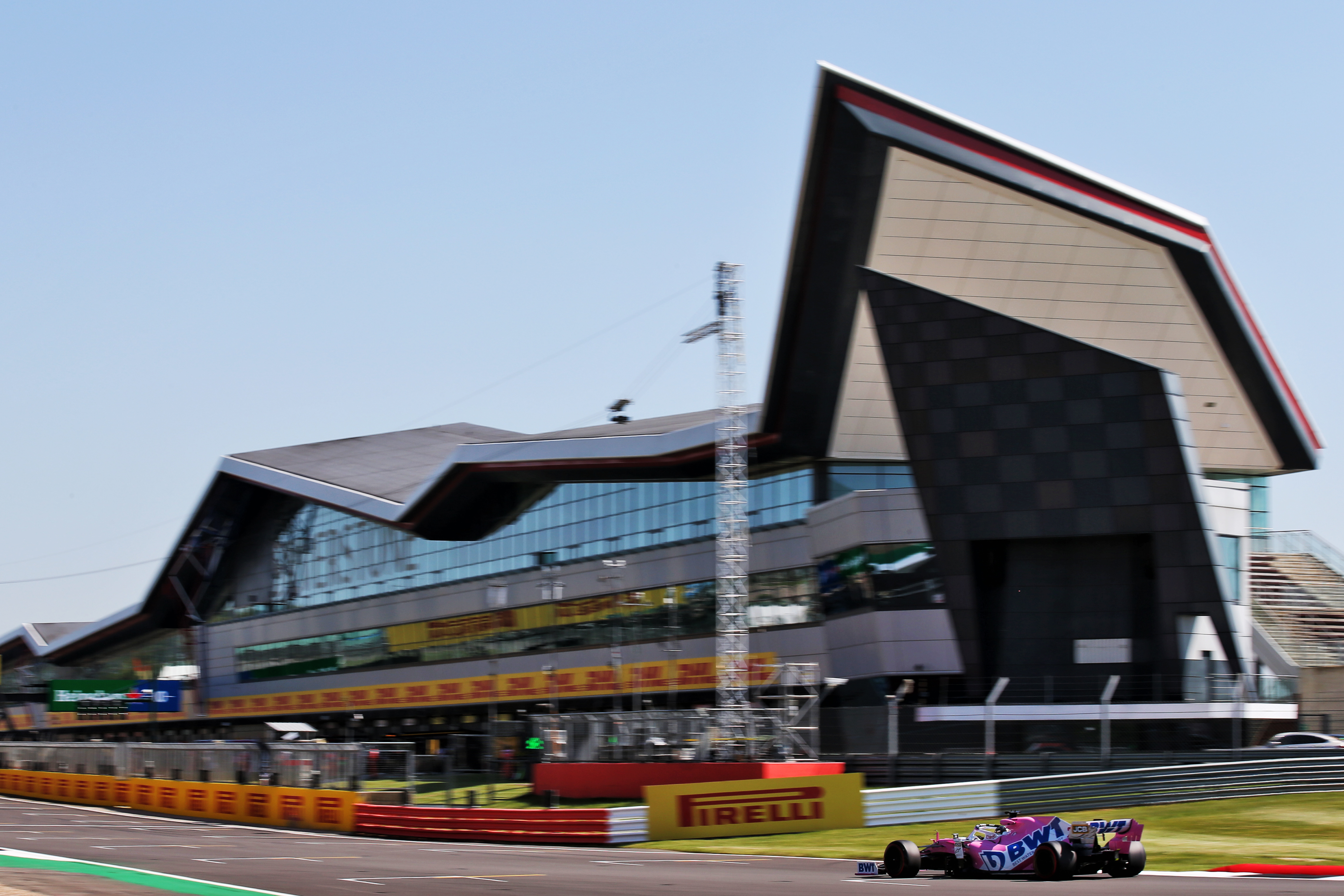
The fact Racing Point team-mate Lance Stroll was third-fastest in opening practice and topped the times on Friday afternoon, albeit assisted by Alex Albon’s red flag stopping many qualifying simulations from being completed, points to the serious potential in Hulkenberg’s machinery that has so many wondering if he really could end his ridiculous races-without-a-podium record at Silverstone.
But how far off realising that potential is Hulkenberg after racking up 51 laps, banking roughly an hour and 20 minutes of track time, and finishing over half a second adrift of Stroll in each session?
“At Renault, it was a much slower steering rack, and this one is so sharp. It gives the sensation of being very on the nose” :: Nico Hulkenberg
Studying his sessions in detail, and analysing his long-run data, reveals a very encouraging picture.
Hulkenberg didn’t have time to enjoy strolling between the motorhomes because his negative COVID-19 test, the key to facilitating his shock F1 return after Perez’s positive test ruled the Mexican out, was only confirmed around 15 minutes before practice one started.
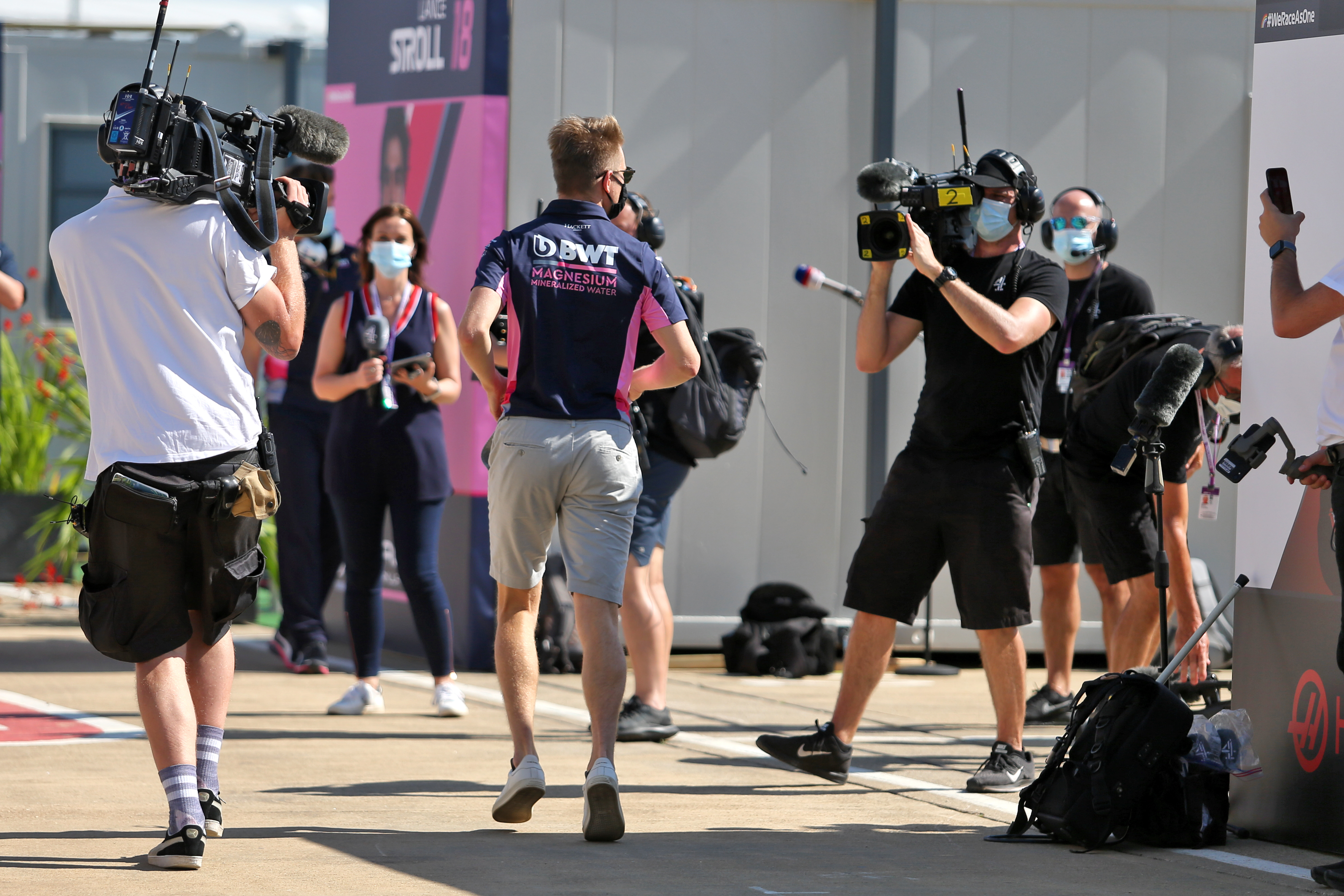
That gave him the green light to enter the paddock, so he had to get down to business quickly. But it wasn’t immediate, and his session started a little over 10 minutes late. The early stuff was all about familiarisation: radio checks, pitstop procedure, tyre and brake preparation.
Into the meaty stuff, and it took all of one flying lap for Hulkenberg to show that 243 days out of an F1 car meant…pretty little. He looked committed but assured, pretty quick despite leaving a lot of margin on the table.
The next flying lap was even better. Not a lot of cobwebs had gathered around the German while he was away.
But three pre-season test days and three grand prix weekends have given his opposition an inherent advantage, and getting to a moderately competitive position was the (relatively) easy bit.
Really understanding the nuances of the RP20 – which he has only very briefly driven on the Racing Point simulator after flying into the UK late Thursday evening – and reacquainting himself with an F1 car on the limit was the much harder part, which will ultimately trim the final few tenths.
So just after the halfway mark in FP1, Hulkenberg – once he had notified the team of a “numb arse cheek” – had a stream of feedback to impart. There was no time to waste.
He described feeling “quite a bit of stress” through the front, and feeling the tailwind that was pushing the car on mid-to-exit of Luffield and Club.
“I’ve really struggled a lot and lost quite a bit of time there on all my laps because the car feels like it doesn’t really stop, the car is pushing on,” he reported. “And as you put on some lock the rear just steps out on you.”
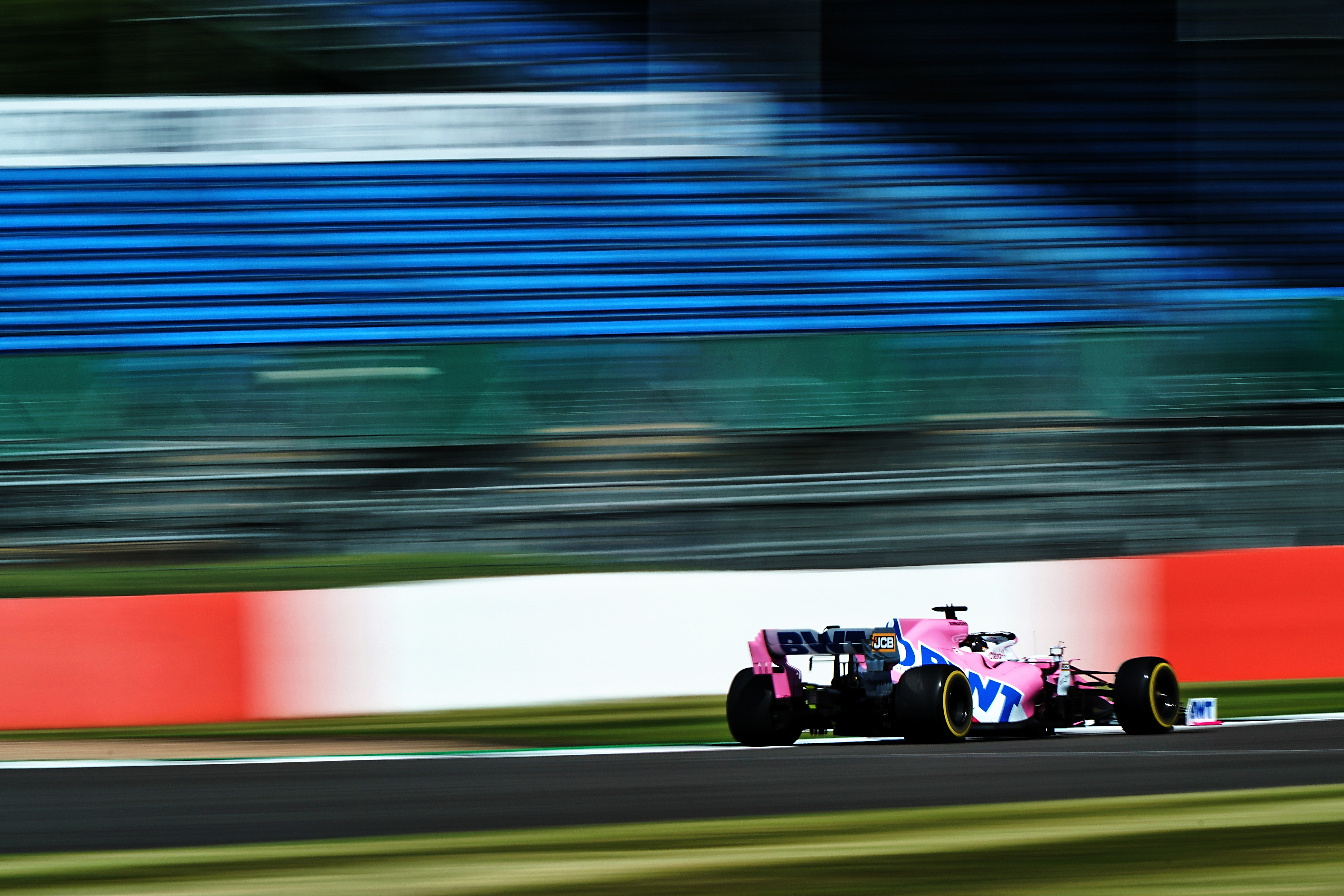
This was evident in Hulkenberg having to apply corrections mid-corner, highlighting the sensitivity at which these cars operate even at slow speeds.
He was more comfortable at the opposite end of the spectrum – unsurprising given how high-downforce this generation of F1 car is, and the quality of the Mercedes-inspired RP20 – so the bigger gains were to be found elsewhere, including in the differences between what Hulkenberg was familiar with from Renault.
“You can see that there’s huge potential and the car is massively fast” :: Nico Hulkenberg
“I feel the steering is super direct and sensitive, just a little input of steering and the car really ‘boom’ – reacts immediately, kind of very active,” he told the team.
“I’m used to last year at Renault, it was a much slower steering rack, a variable rack, and this one is so sharp. It gives the sensation of being very on the nose.
“Ride is OK. In some places it’s pretty harsh. But some places it’s OK.”
Hulkenberg and his engineer Tim Wright agreed the difference in steering response was likely a result of different geometry, but resolved to adjust the power steering settings after FP1 to try to help.
The second practice session was more straightforward as Hulkenberg was able to focus on a run on hards, his first proper qualifying simulation on softs, then high-fuel running on softs then hards at the end.
After being told in FP1 that surface temperatures were too high at Copse and the Maggots/Becketts section, he was encouraged to attack them more on entry in FP2.
This partly illustrated the delicate balance to be struck on tyre management, although this was exaggerated on Friday due to extremely warm conditions that are not expected to continue through the weekend, and another contributory factor was likely that Hulkenberg was battling some oversteer that resulted in a small front wing adjustment at his pitstop.
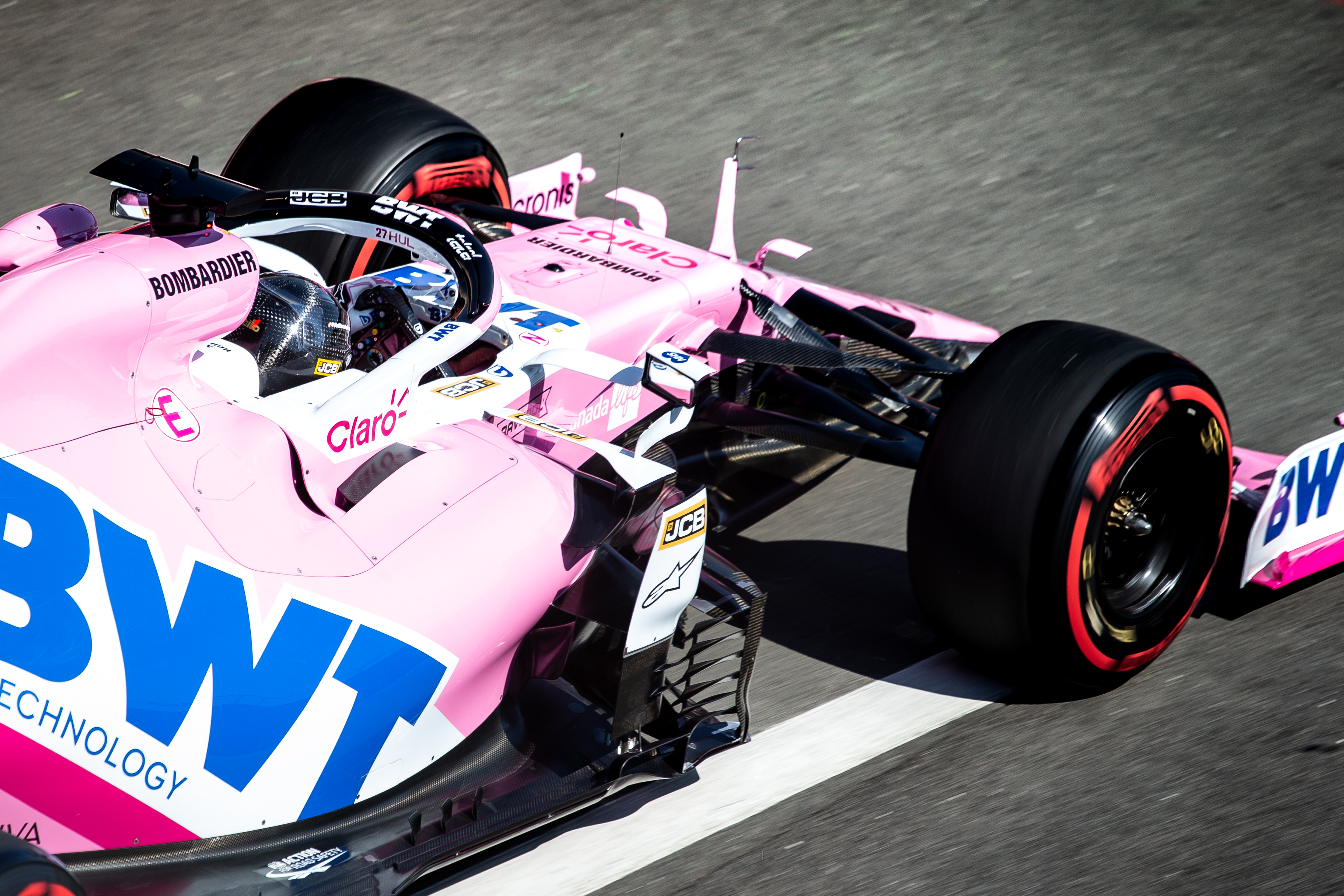
The tweaking continued early in his run on hard tyres when he was asked to lift less at the first corner because the derate is so big – this is when the engine’s electrical system doesn’t have enough energy for the MGU-K to power the car to its maximum potential. That could mean Hulkenberg was being encouraged to use more power early in the lap, because it couldn’t be deployed fully on the Hangar Straight later anyway, and using the electrical power properly will be key in the race.
There were also glimpses of Hulkenberg’s experience and confidence (that borders arrogance at times): a response that “one second is fine, I’m trying not to lose all the temperatures in the tyres” when being warned to keep the delta positive during a red flag, and a tendency to seek clear air on longer runs by backing off as soon as he was told there was even a hint of a big enough gap behind.
This was a man who was not simply racking up laps, or easing himself into it. That doesn’t mean it wasn’t methodical. It was just done at an extremely rapid rate.
Probably the most impressive conclusion can be drawn from Hulkenberg’s long-run pace, which compared favourably to Stroll on the soft tyres in FP2 after a shaky run on mediums at the end of FP1 that was three tenths per lap off.
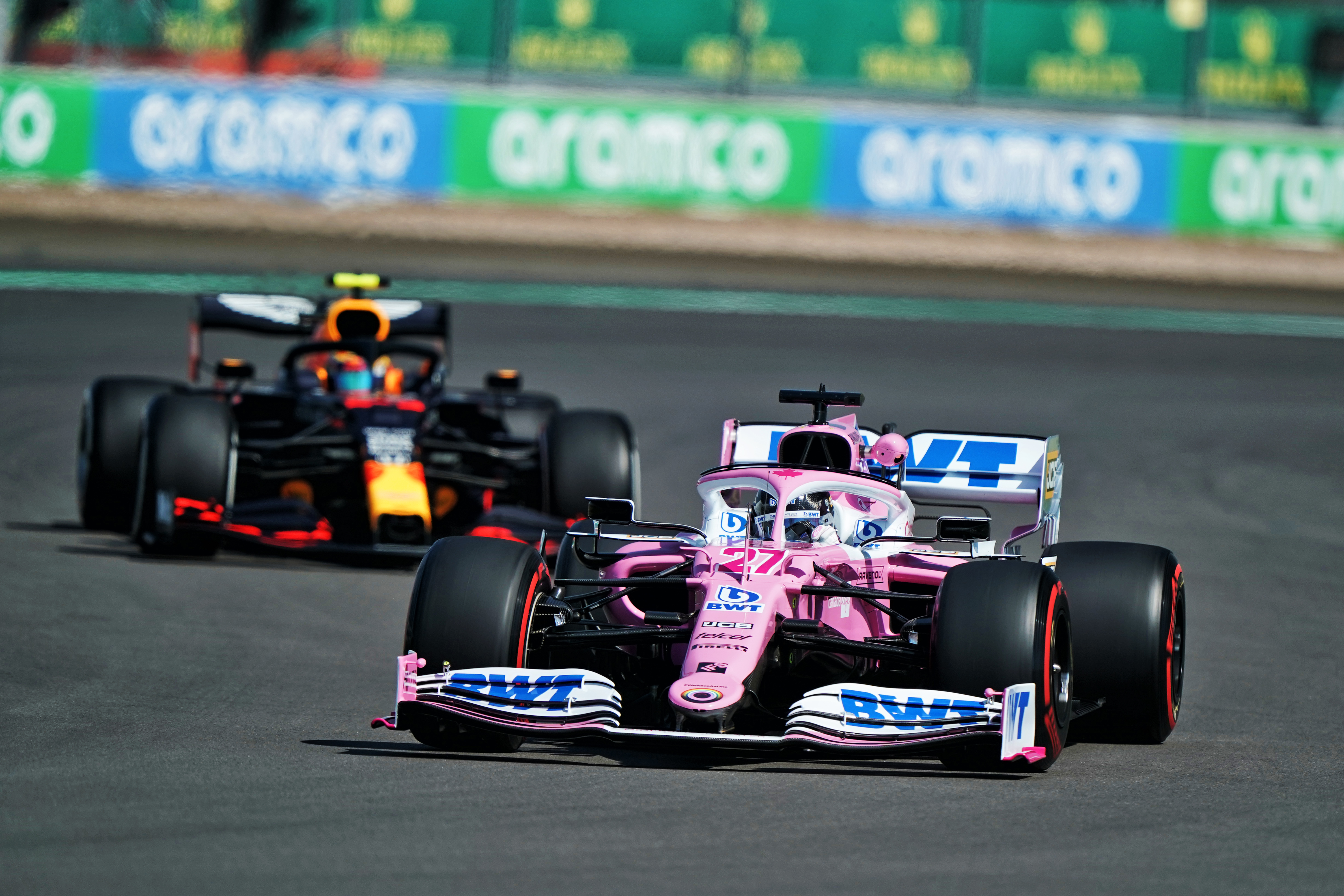
On softs, Hulkenberg was actually faster by 0.2s a lap on a run comprising seven representative laps – compared to five laps from Stroll.
He was back to 0.3s slower on hards over five laps to Stroll’s four, but Hulkenberg’s stint was disrupted by quite a lot of traffic and trying to find space, so there wasn’t a lot of rhythm to it.
These numbers come from a straightforward average of their lap times with outliers removed, and are not adjusted for potential fuel load or engine mode differentiations.
So while they are not definitive representations of Hulkenberg’s pace relative to Stroll they do suggest his efforts on Friday have been rewarded with a very strong starting point, and a mountain of data to use to improve.
Hulkenberg’s big deficit came in the qualifying simulation, but he locked up under braking for Village (the tight right-hand Turn 3) and the entry to the Club complex at the end of the lap and admitted afterwards he didn’t extract the most from the car.
“With every car it just takes time to inhale everything, to understand it, to know how you have to drive it,” said Hulkenberg.
“But there’s more time tonight and it’s a process of learning.
“You can see that there’s huge potential and the car is massively fast. I didn’t exploit the soft tyre that well, I think I have a bit more in the bank and I can use that tyre better.
“But that’s what we’re going to work on tonight obviously and try to get the best possible result this weekend.”
The dream scenario would be a podium finish, and that is something Perez would certainly be targeting as the regular incumbent of that car. Given his Friday form it’s something Stroll probably has his eye on as well.
But if Hulkenberg can make a step on Saturday in his remaining qualifying simulations and put himself among the top six – and his neck holds up on Sunday afternoon – it looks like he has the capacity to get close to Stroll’s performance level in the race.

That alone would be a major achievement, regardless of what the car’s ultimate race-day potential proves to be. And it would put Hulkenberg into the pantheon of super-subs after a “special, crazy and wild” journey from abandoning a GT4 car test to heading into an F1 debrief for the first time since last year.
“Yesterday afternoon I got the call, took a plane here, seat fitting until 2am, 8am this morning into the simulator for an hour for a bit of prep work – so it was a short night,” he said.
“But it was all worthwhile. A great effort by the team, I want to thank the night-shift guys who did a great job to fit me in the car – even quite comfortably – and then the FIA for turning around so fast on the superlicence.
“It’s been very special.”




